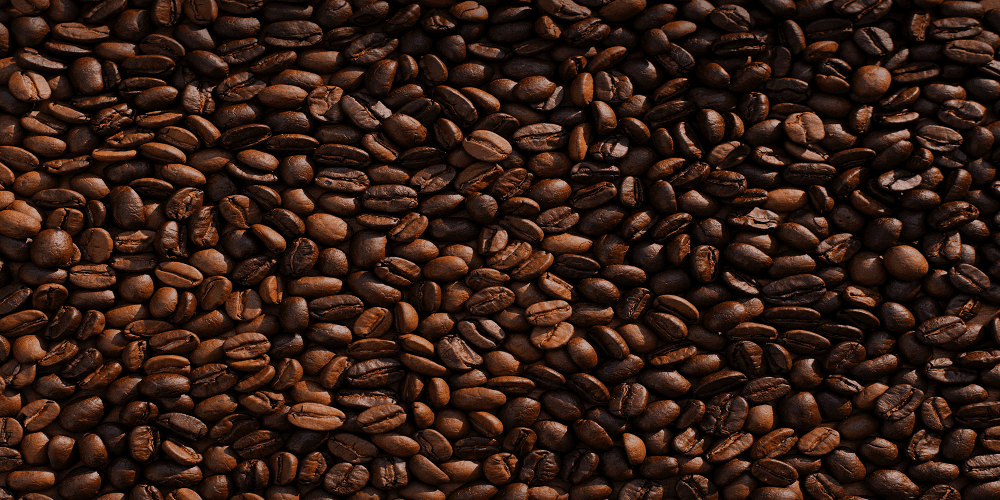Introduction
In a world where coffee choices seem as abundant as coffee beans themselves, navigating the complexities of the coffee market can be a daunting task for consumers. With an array of options ranging from different bean varieties to brewing methods, finding the perfect cup of coffee requires some understanding of the nuances involved.
Understanding Coffee Varieties
1. Arabica vs. Robusta:
The two main species of coffee beans, Arabica and Robusta, have distinct flavor profiles. Arabica beans are known for their smoother, more complex taste, while Robusta beans often have a stronger, more bitter flavor. Understanding these differences can help you choose a coffee that aligns with your taste preferences.
2. Single Origin vs. Blends:
Coffee beans sourced from a single geographic location (single origin) offer unique flavor characteristics influenced by the region’s climate and soil. On the other hand, blends combine beans from different origins to create a balanced and consistent flavor. Exploring both options allows you to discover your preferred taste profile.
Exploring coffee roasts
Coffee roasting is an art that transforms green coffee beans into the aromatic and flavorful brown beans we use to brew our daily cup. The roasting process significantly influences the taste and aroma of the coffee, making it crucial for consumers to understand the distinctions between light, medium, and dark roasts. Let’s delve deeper into the characteristics of each roast to help you make an informed decision about your coffee preferences.
1. Light Roast:
Characteristics: Lightly roasted beans are typically light brown in color and have a dry surface. They preserve more of the original flavors of the coffee bean, often exhibiting bright acidity, a higher caffeine content, and floral or fruity notes.
Flavor Profile: Light roasts are known for their nuanced and complex taste, with hints of citrus, berries, and a distinct acidity. If you enjoy the intrinsic flavors of the coffee bean itself and prefer a more vibrant and refreshing cup, a light roast might be your ideal choice.
Best Brewing Methods: Light roasts shine in pour-over methods, drip brewing, and specialty brewing techniques. These methods allow the delicate flavors of the light roast to be fully appreciated.
2. Medium Roast:
Characteristics: Medium roasts have a balanced color, ranging from medium brown to darker brown, with a slightly oily surface. The beans have a well-rounded flavor profile, combining the original bean flavors with the caramelization from the roasting process.
Flavor Profile: Medium roasts strike a balance between acidity and roasted notes. They offer a smooth and approachable taste with a bit of sweetness, making them versatile and appealing to a broad range of coffee drinkers.
Best Brewing Methods: Suitable for various brewing methods, including drip machines, pour-over, and espresso, medium roasts are a popular choice for those seeking a balanced and all-around enjoyable coffee experience.
3. Dark Roast:
Characteristics: Dark roasts are characterized by a shiny, oily surface and a dark brown to almost black color. The prolonged roasting process results in a more intense and robust flavor, often with smoky or burnt undertones.
Flavor Profile: Dark roasts boast a bold and powerful taste, with pronounced roasted and caramelized notes. The acidity is lower compared to lighter roasts, and the overall profile is rich, sometimes bordering on bitter. If you appreciate a strong cup with a deep, full-bodied flavor, a dark roast might be your preference.
Best Brewing Methods: Dark roasts are well-suited for espresso machines, French presses, and cold brew methods. The bold flavors of a dark roast can stand up to the intensity of these brewing techniques.
Understanding the nuances of coffee roasts allows consumers to tailor their coffee experience to their specific preferences. Whether you enjoy the bright and lively notes of a light roast, the balanced profile of a medium roast, or the bold richness of a dark roast, experimenting with different roasts can add a layer of excitement to your daily coffee ritual. Don’t be afraid to explore the diverse world of coffee roasts and find the perfect roast that caters to your unique taste buds.
Choosing the Right Grind:
Selecting the appropriate grind for your coffee is a crucial step in achieving the perfect cup. The grind size influences the extraction process during brewing, determining the overall flavor, aroma, and strength of your coffee. Let’s explore the factors involved in choosing the right grind and how it aligns with different brewing methods.
1. Whole Bean vs. Ground Coffee:
Considerations: The decision between whole beans and pre-ground coffee depends on factors such as freshness, convenience, and the brewing method you prefer. Whole beans retain their flavors longer as the essential oils remain sealed inside until you grind them. Pre-ground coffee, on the other hand, is convenient and suitable for those who want a quick and hassle-free brewing experience.
Best Practices: If you opt for whole beans, invest in a quality grinder to ensure consistency in grind size. For pre-ground coffee, be mindful of the expiration date to maintain the freshness of your brew.
Grind Size:
2. Coarse Grind:
Characteristics: Coarse grinds have a chunky, granular texture, similar to kosher salt.
Best Brewing Methods: Ideal for methods like French press, cold brew, and percolators, where a longer extraction time allows the water to interact with the coarser particles, resulting in a robust and full-bodied cup.
3. Medium Grind:
Characteristics: Medium grinds have a texture resembling regular sand.
Best Brewing Methods: Suitable for drip coffee makers, pour-over methods, and AeroPress, providing a balanced extraction time for a well-rounded flavor profile.
4. Fine Grind:
Characteristics: Fine grinds have a powdery consistency, similar to powdered sugar.
Best Brewing Methods: Essential for espresso machines and Moka pots, where a shorter extraction time is needed for the water to interact thoroughly with the fine coffee particles, producing a concentrated and flavorful shot.
5. Extra Fine Grind:
Characteristics: Extra-fine grinds have an even finer texture, almost like flour.
Best Brewing Methods: Reserved for Turkish coffee, where the extremely fine grind allows for a prolonged interaction with the water, resulting in a unique and intense coffee experience.
6. Turkish Grind:
Characteristics: The finest grind, almost like a powder.
Best Brewing Methods: Exclusively used for traditional Turkish coffee, where the coffee is brewed directly in water and the fine grind ensures a strong and flavorful cup.
Understanding the relationship between grind size and brewing methods empowers coffee enthusiasts to optimize their brewing process. Experimenting with different grind sizes allows you to fine-tune your coffee experience, ensuring that each cup is crafted to perfection. Whether you prefer the convenience of pre-ground coffee or the control of grinding your own beans, the right grind size is a key factor in unlocking the full potential of your favorite coffee beans.
Mastering Brewing Methods:
1. Drip Brewing:
Drip coffee makers are common household appliances. Understanding the water-to-coffee ratio and the importance of using high-quality filters can significantly impact the final taste of your brew.
2. Pour-Over:
This manual brewing method allows for precise control over the brewing process. Mastering the pour-over technique involves factors such as water temperature, pouring speed, and blooming time.
3. Espresso:
Espresso machines require finely ground coffee and a balance between pressure and extraction time. Investing in a quality espresso machine and grinder can elevate your homebrewing experience.
Navigating coffee labels:
1. Fair Trade and Organic Certifications:
Understanding labels such as Fair Trade and Organic can help you make ethical and environmentally conscious choices. These certifications ensure that the coffee was produced sustainably and under fair labor practices.
2. Flavor Notes:
Paying attention to the flavor notes on coffee packaging can provide insights into the coffee’s taste profile. Common notes include fruity, nutty, chocolatey, or floral, helping you choose a coffee that aligns with your flavor preferences.
Conclusion
In the vast landscape of the coffee market, consumers can empower themselves by understanding the intricacies of coffee varieties, roasts, grinds, brewing methods, and labels. Armed with this knowledge, you can confidently explore the diverse world of coffee and craft a cup that suits your unique taste preferences. Whether you’re a coffee connoisseur or a casual drinker, navigating the complexities of the coffee market can be an enjoyable journey of discovery and appreciation for one of the world’s most beloved beverages.



































